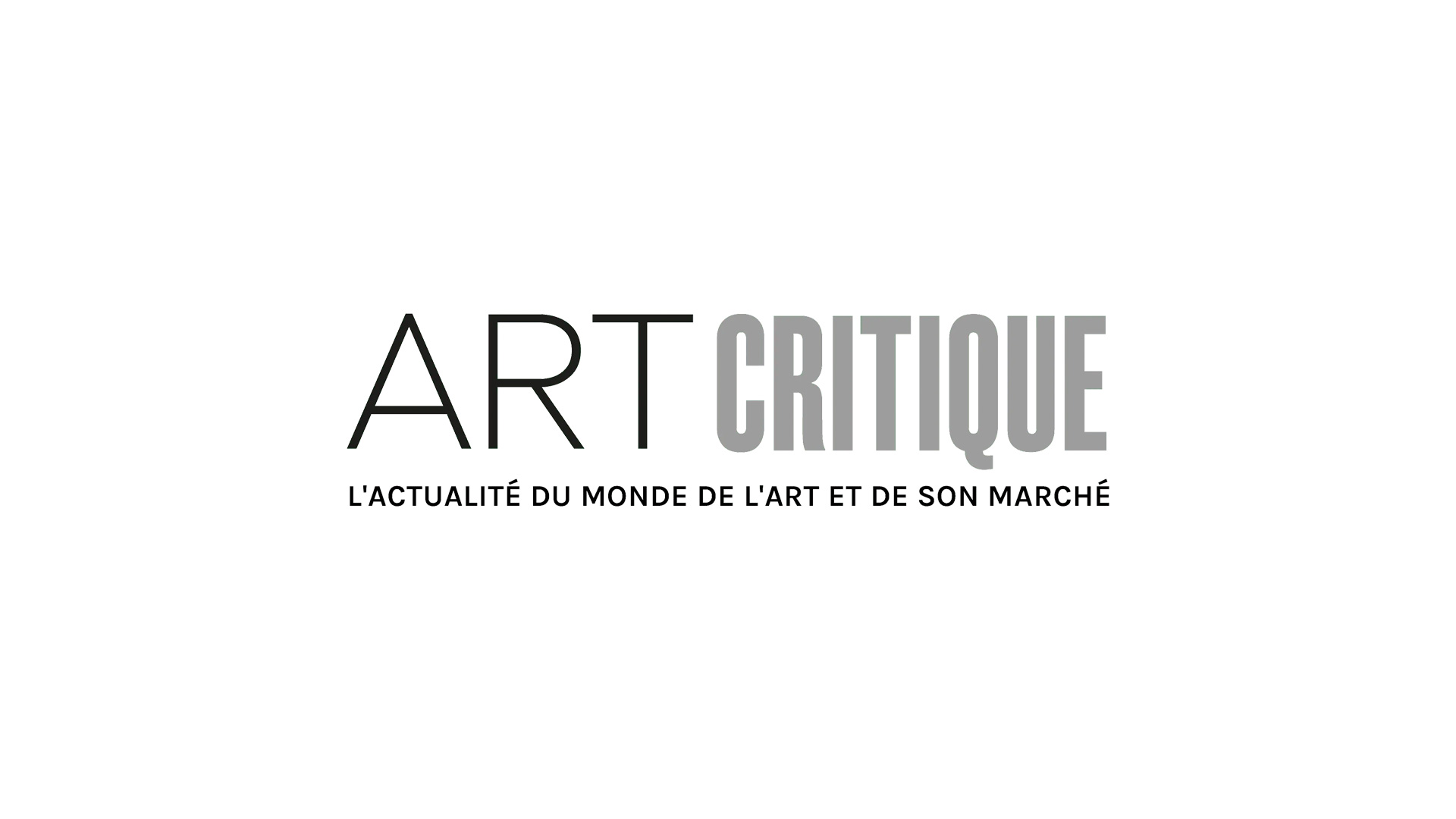Since the death of Sir Hugh Lane in 1915, 39 paintings that belonged to the Irish collector have been at the heart of a rift between Britain and Ireland. Now, though, the National Gallery in London and the Hugh Lane Gallery in Dublin have come to an agreement that will put decades of back and forth behind them.
Born in Ireland in 1875 and raised in England, Lane established himself as an art collector and dealer in London before returning to his Irish roots in the early 1900s. While mounting exhibitions of modern art in Dublin, Lane amassed his own collection of “Modern Continental” artworks. Primarily consisting of works by French Impressionists, including Manet, Monet, and Renoir, Lane loaned his collection to the National Gallery in London in 1913. The following year, he became the director of the National Gallery of Ireland, but he died aboard the Lusitania alongside nearly 1,200 others when it was sunk by a U-boat off the coast of Ireland in 1915.
It was in his death that Lane’s collection became a point of tension between the two countries. Lane’s will, dated 1913, stated that the entirety of his collection should be left to the National Gallery in London, but the waters were made murky when a codicil was found in Lane’s desk at the National Gallery of Ireland. The codicil revealed that Lane had changed his mind and had decided that his collection would be left to the country of his birth for “the people of Ireland,” but the amendment was only signed and not witnessed.
Due to the non-binding nature of the codicil, the National Gallery in London laid claim to the artworks, but the saga of the collection was far from over. In the subsequent years, the home of the collection was contested and in 1956, Summer Day by Berthe Morisot was stolen from Tate Britain by two Irish students seeking to raise awareness of the issue.
In the late 1950s, Britain and Ireland began a series of compromises that saw certain artwork travel between London and Dublin while a number were given to what is now the Hugh Lane Gallery on long-term loan. Now, though, a deal struck between the National Gallery in London and the Hugh Lane Gallery hopes to put the matter to rest, at least for a while.
The two institutions have entered into a 10-year partnership that will see 10 paintings rotate between the galleries on a five-year basis while two paintings will stay in London and 27 stay in Dublin.
The paintings on rotation have been pre-grouped and dubbed “Group A” and “Group B.” The former will consist of The Umbrellas by Renoir, Eva Gonzales by Manet, Summer’s Day by Morisot, View from Louveciennes by Pissarro, and Don Quixote and Sancho Panza by Daumier, all of which are currently in London. Alternatively, Group B includes Music in the Tuileries Gardens by Manet, Beach Scene by Degas, The Mantelpiece by Vuillard, Lavacourt under Snow by Monet, and Avignon from the West by Corot, which are all now in Dublin.
The Duc d’Orléans by the Studio of Ingres and Beheading of John the Baptist by Puvis de Chavannes will remain at the National Gallery in London. “In the spirit of partnership” these paintings will receive updated labels that will read: “Sir Hugh Lane Bequest, 1917, The National Gallery, London. In partnership with the Hugh Lane Gallery, Dublin.” Meanwhile, more than 2-dozen works will remain in Dublin, including works by Gustave Courbet, Jean-Léon Gérôme, and Jean-Baptiste-Camille Corot.
“This partnership is a brilliant example of cooperation in the cultural sector,” UK Culture Secretary Oliver Dowden said in a press release. His sentiments were echoed by Hazel Chu, Lord Mayor of Dublin, who said that the agreement “represents a unique cultural collaboration” between the two galleries, the two cities, and the two countries.





